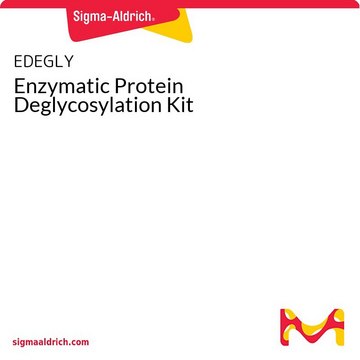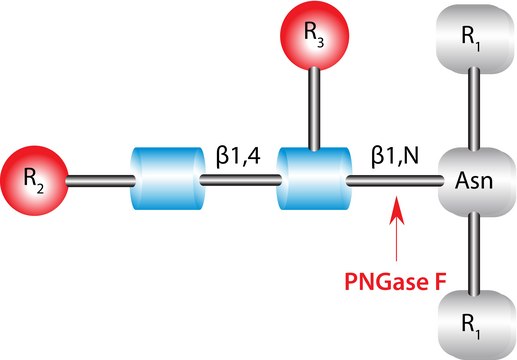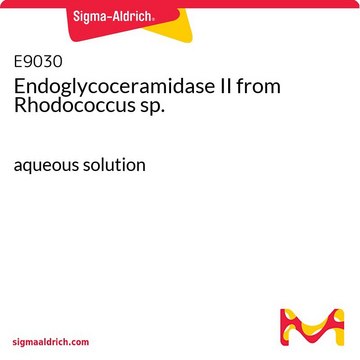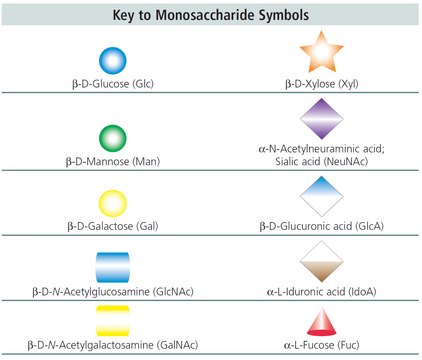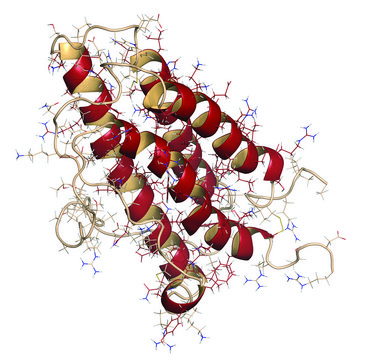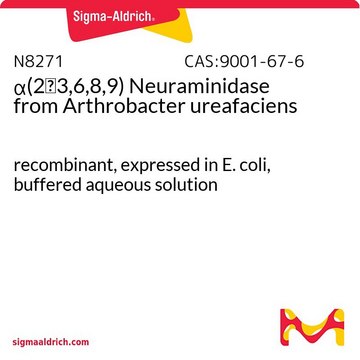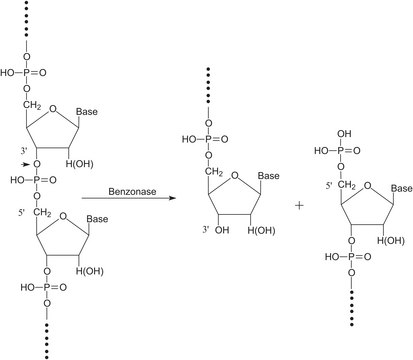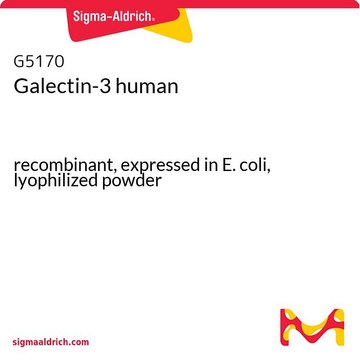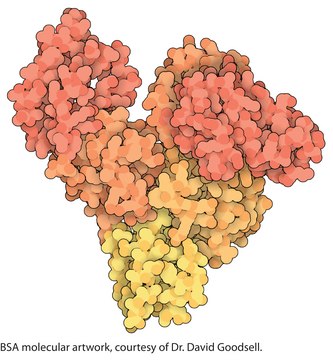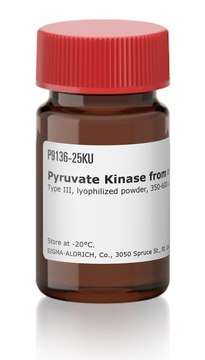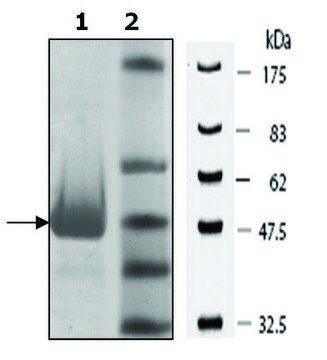P9136
Pyruvate Kinase from rabbit muscle
Type III, lyophilized powder, 350-600 units/mg protein
Synonyme(s) :
ATP:pyruvate 2-O-phosphotransferase, PK
Sélectionner une taille de conditionnement
Sélectionner une taille de conditionnement
About This Item
Produits recommandés
Source biologique
rabbit muscle
Niveau de qualité
Type
Type III
Forme
lyophilized powder
Activité spécifique
350-600 units/mg protein
Poids mol.
237 kDa
Activité étrangère
lactic dehydrogenase, creatine phosphokinase, phosphoglucomutase, and myokinase ≤0.01%
Température de stockage
−20°C
Vous recherchez des produits similaires ? Visite Guide de comparaison des produits
1 of 4
Cet article | P7768 | P1903 | SRP0414 |
|---|---|---|---|
| specific activity 350-600 units/mg protein | specific activity 350-600 units/mg protein | specific activity 100-300 units/mg protein | specific activity - |
| biological source rabbit muscle | biological source - | biological source Bacillus sp. (B. stearothermophilus) | biological source human |
| form lyophilized powder | form buffered aqueous glycerol solution | form lyophilized powder | form aqueous solution |
| storage temp. −20°C | storage temp. 2-8°C | storage temp. 2-8°C | storage temp. −70°C |
| mol wt 237 kDa | mol wt 237 kDa | mol wt - | mol wt 59 kDa |
| foreign activity lactic dehydrogenase, creatine phosphokinase, phosphoglucomutase, and myokinase ≤0.01% | foreign activity lactic dehydrogenase and creatine phosphokinase ≤0.01%, phosphoglucomutase and myokinase ≤0.05% | foreign activity - | foreign activity - |
Description générale
Application
Actions biochimiques/physiologiques
Isoelectric Point: 7.6
Optimal pH: ∼7.5
Optimal Temperature: 25°C
ΕA280 = 0.54 for 1 mg(p)/ml, 1 cm path
Reported KM values are ATP (0.86 mM), pyruvate (10 mM), ADP (0.3 mM), and PEP (0.07 mM) in Tris buffer at pH 7.4 and 30 °C. Pyruvate kinase is highly specific for phosphoenolpyruvate, but can utilize other dinucleotide triphosphates as substrates in place of ATP including GTP, ITP, dATP, UTP, and CTP.
Définition de l'unité
Remarque sur l'analyse
Code de la classe de stockage
11 - Combustible Solids
Classe de danger pour l'eau (WGK)
WGK 3
Point d'éclair (°F)
Not applicable
Point d'éclair (°C)
Not applicable
Équipement de protection individuelle
Eyeshields, Gloves, type N95 (US)
Faites votre choix parmi les versions les plus récentes :
Déjà en possession de ce produit ?
Retrouvez la documentation relative aux produits que vous avez récemment achetés dans la Bibliothèque de documents.
Notre équipe de scientifiques dispose d'une expérience dans tous les secteurs de la recherche, notamment en sciences de la vie, science des matériaux, synthèse chimique, chromatographie, analyse et dans de nombreux autres domaines..
Contacter notre Service technique